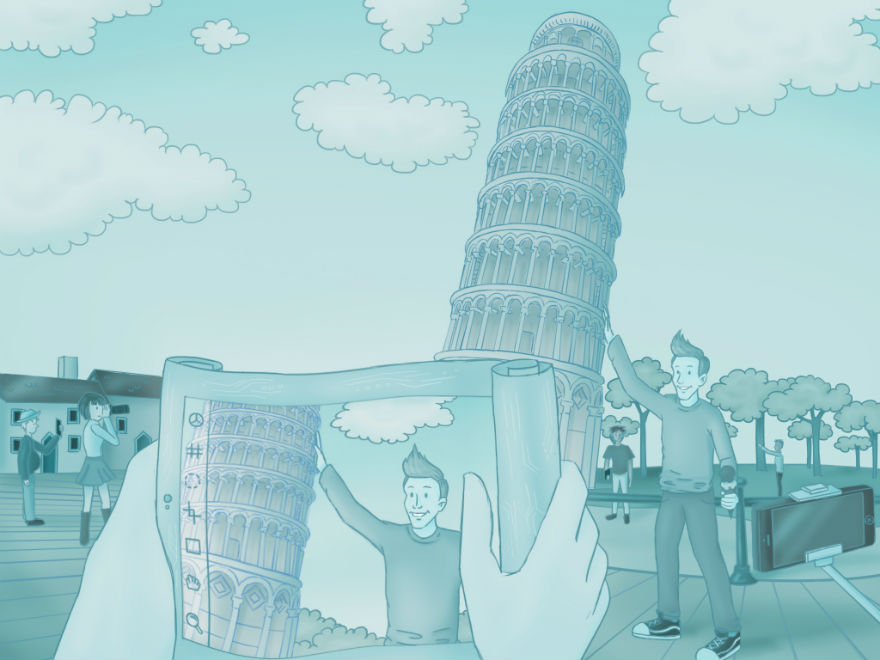Semiconductors

“I think the problem was the bricks. They were either too soft or too brittle! Clay bricks at that time were not very good, as you can imagine” Max said looking at the bell tower.
“This is not the case here. The building is not even made of bricks! It is made of marble and it was too heavy and the ground too soft according to the guide” Lily said and showed him her display, where a hologram of an Italian History Professor was speaking. “The bricks are fine. They are the building blocks of our civilisation… literally!”
“Really? Bricks? That’s what you consider the building blocks of our civilization?” Max was laughing. “What is it then?” Lily asked. “Steel? Wood? An advanced material? A peculiar alloy?”
“Well, look around you! What do you see?” Max said. Lily did look around and saw the Tower of Pisa, the Cathedral, the Piazza del Duomo, all the buildings… they were made of bricks or marble. Max then asked her to see the people around. All the tourists were equipped with various types of cameras, cell phones, tablets, phablets and all kinds of electronic gadgets.
“So what? Electronics is the building block?” All electronic devices are made of circuits; transistors, chips, diodes, resistors. And all of them are built around a material with a conductivity that can be tuned, a semiconductor.
A conductor, as its name implies, is a material that conducts current, meaning it permits the electrical current to flow through it, while an insulator is the opposite: it doesn’t conduct current. This happens because conductors have free electrons in their structure that flow freely, while insulators’ don’t. Conductors include materials like silver or copper (metals) while insulators include glass and paper.
A semiconductor stands in the middle: it may conduct current, depending on the conditions around it or it may not. We can easily change the conductivity of a semiconductor by modifying the number of free electrons that it contains by, heating it up, illuminating it, or changing the electric field around it. Heating up the semiconductor enables electrons to break free and move freely between the atoms, hence the term ‘free electrons’.
Some of the most famous semiconductors are Silicon and Germanium.
Semiconductors are the building blocks of all electronic devices analogue and digital,, like diodes, transistors, solar cells, LEDs and displays, integrated circuits, sensors. Imagine a world with no electronic chips: no radio or TV, no computers, no videogames, no cell phones or tablets, no electronic medical equipment, no advanced control boards in cars or airplanes… this is a world with no semiconductors.
“Ok, so semiconductors are the building blocks of our world? That means germanium and silicon? Have you heard of Silicon Valley, Silicon Glen etc? They are meant to be super high-tech places.”
“In fact, it is not only silicon or germanium. There are many more semiconductor materials and all of them contain traces of other elements like boron or phosphorous. These additions change the number of free electrons. Combinations are good”. This thought was subconsciously leading him to combine the famous Italian gelato with chips. He ordered vanilla with chocolate chips with a big smile.
“How many free electrons are there in your ice cream?” Lily teased him.
“Gelato could be the building block of my diet!” Max replied with a full mouth.
